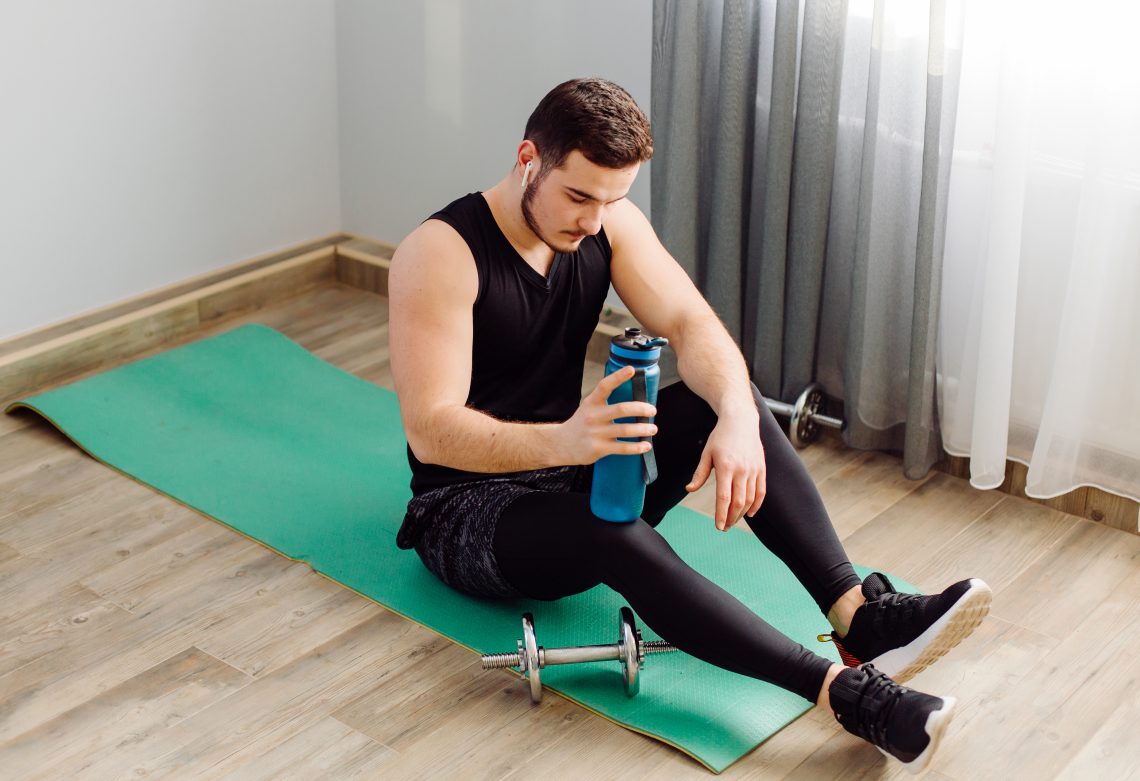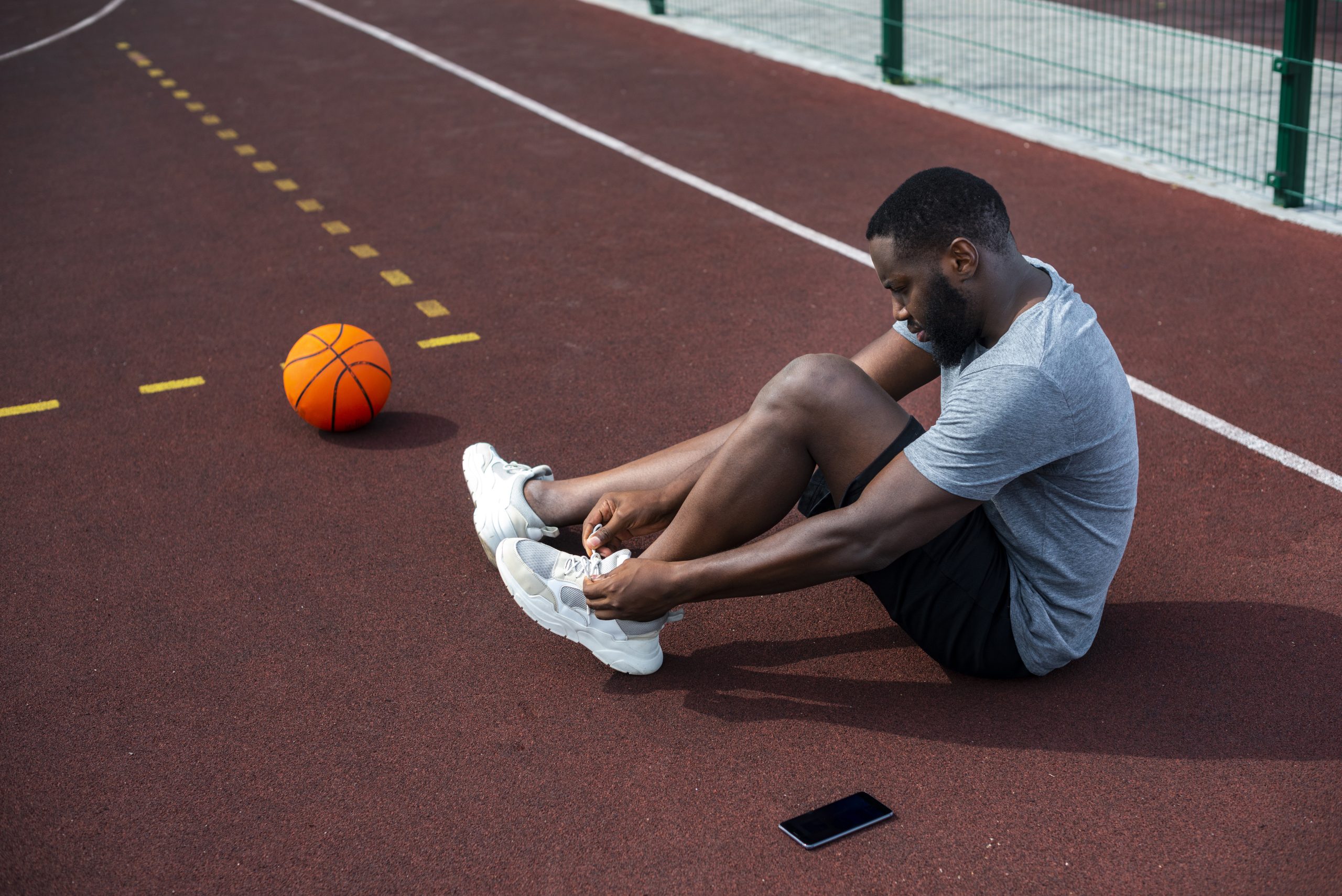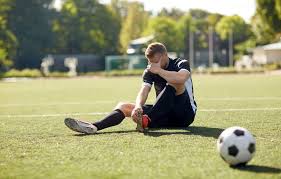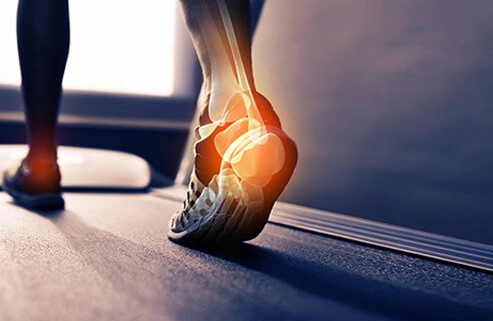Sports injuries are common among athletes, fitness enthusiasts, and even people who enjoy casual physical activities. While some injuries are minor and heal quickly, others may take weeks or even months to recover fully. Knowing how to recover from a sports injury the right way not only speeds up the healing process but also helps prevent long-term complications and re-injury.
In this article, we’ll cover practical recovery tips, natural remedies, and preventive strategies to help you return to your sport stronger and healthier.
1. Understand the Type of Injury
The first step in recovery is understanding what kind of sports injury you are dealing with. Some common injuries include:
- Sprains and strains – overstretching or tearing ligaments/muscles.
- Fractures – broken bones due to impact or stress.
- Dislocations – when a bone slips out of its joint.
- Tendonitis – inflammation of tendons due to repetitive motion.
- Overuse injuries – caused by repetitive stress without enough rest.
A medical professional can help diagnose the severity of your injury. In some cases, therapies like sports massage may be suggested, as they help reduce muscle tension and improve circulation. Learn more in our guide on What Are the Benefits of Sports Massage.
2. Follow the RICE Method
For most mild to moderate sports injuries, the RICE method (Rest, Ice, Compression, Elevation) is the first line of treatment:
- Rest – Avoid using the injured area to allow healing.
- Ice – Apply cold packs for 15–20 minutes to reduce swelling.
- Compression – Use bandages to support and control swelling.
- Elevation – Keep the injured part raised above heart level.
This method is particularly effective within the first 48 hours of injury.
3. Seek Physiotherapy Support
Physiotherapy plays a major role in sports injury recovery. Techniques like stretching, strengthening exercises, and manual therapy help restore mobility, reduce stiffness, and improve muscle strength. For example, if you suffer from a joint-related condition, physiotherapy may also help in managing long-term issues like arthritis. You can check our article on How to Treat Arthritis Pain Naturally for holistic management strategies.
4. Nutrition for Faster Recovery
Your body needs proper nutrition to repair tissues and reduce inflammation. Include:
- Protein-rich foods (chicken, eggs, legumes) to repair muscles.
- Omega-3 fatty acids (fish, walnuts, flaxseeds) to reduce inflammation.
- Vitamin C (oranges, kiwi, bell peppers) to boost collagen production.
- Calcium & Vitamin D for strong bones.
Interestingly, diet also plays a role in joint and muscle health. For example, anti-inflammatory foods can help reduce risks of conditions like arthritis. Learn more in our article Does Sugar Cause Arthritis.
5. Gentle Exercises and Rehabilitation
Once the initial pain and swelling subside, gentle movement is essential to regain strength and flexibility. Your physiotherapist may recommend:
- Stretching exercises for flexibility.
- Strength training to rebuild muscle power.
- Balance exercises to prevent falls.
6. Use Trigger Point Release Techniques
Many sports injuries result in tight knots within muscles, known as trigger points. Trigger point release techniques help reduce pain and restore movement. You can learn practical methods in our post on How to Release Trigger Points in Muscles.
These methods can be applied under professional guidance for safe and effective recovery.
7. Mental Health During Recovery
Sports injuries not only affect the body but also the mind. Athletes often feel frustrated, anxious, or even depressed during long recovery periods. Studies show that Can Sports Injuries Cause Depression in some individuals.
Practicing mindfulness, staying socially connected, and setting realistic recovery goals can help maintain a positive mindset during the healing journey.
8. Prevent Re-Injury
Prevention is just as important as treatment. Some tips include:
- Warm up before exercise to prepare muscles.
- Cool down afterward to prevent stiffness.
- Use proper techniques to avoid strain.
- Wear supportive gear like braces if needed.
- Listen to your body — don’t push through pain.
For a detailed prevention guide, check out our article on How to Prevent Common Sports Injuries.
9. When to See a Doctor
If your sports injury causes severe pain, swelling, numbness, or doesn’t improve with home remedies, seek professional help immediately. Conditions like fractures, ligament tears, or nerve damage may require medical intervention or advanced physiotherapy.
In severe cases, delayed treatment may lead to long-term issues such as joint stiffness, arthritis, or recurrent injuries.
Final Thoughts
Recovering from a sports injury requires patience, proper care, and a structured rehabilitation plan. From the initial RICE method to physiotherapy, nutrition, and trigger point release techniques, every step plays a role in healing. Maintaining mental health and taking preventive measures also ensure you return to your sport stronger and more resilient.
By following these strategies and seeking professional support when needed, you can recover safely and reduce the risk of future injuries.






